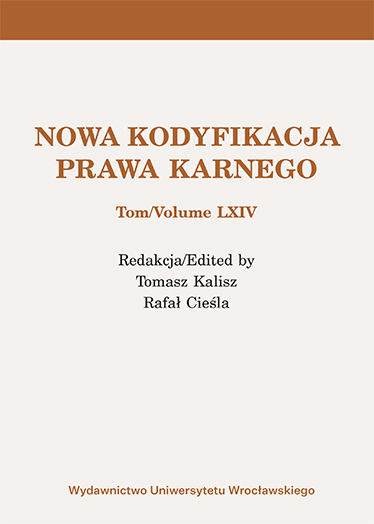

Artykuły

This article is penned as a result of the continuous significant findings in my daily forensic handwriting examination practice and experience.
The methodology and process followed in any forensic handwriting examination are central to its interpretation and reliability – the repeatability and reproducibility of the same tests giving the same results; its validity concerning the appropriateness of the chosen methodology and process; and the resulting accuracy or discriminative reliability of the expert opinion in reflecting the true state of the evidence.
In this regard, the present article poses the question firstly as to whether a forged signature is fundamentally a signature or handwriting? Once the implication of that question is understood and answered, the ensuing one is: in the interests of reliability, validity, accuracy, and best practice, what categories of comparison samples of the forger’s writing should be used as evidence to analyse, compare, and evaluate a questioned signature, the forger’s signatures, initials, or handwriting?
In short: in the pursuit of identifying authorship of any forged writing, and specifically a forged signature, whether disguised, free-hand simulated, traced, or even spuriously created, should the so-called apple be compared to apples (which would imply comparison to the signatures of the forger in the case of a forged signature), or is the forged signature a fruit salad that should be compared to the full potentiality and reper-toire of the entire writing skill range and master pattern of the suspected forger?